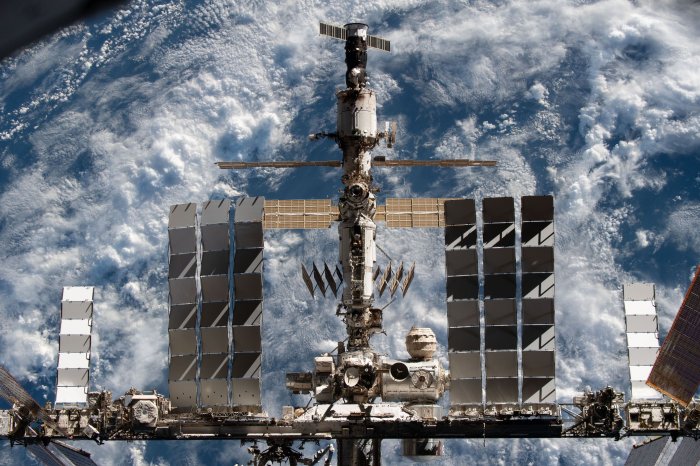The Comet NEOWISE is seen in the sky over Shenandoah National Park near Front Royal, Va., on July 19, 2020. This comet was the most recent to be visible in the sky in the United States. File Photo by Pat Benic/UPI |
License Photo
June 28 -- A comet unlike any other in recorded history is on a trajectory to zip through the inner solar system in less than a decade, but astronomers say this one actually isn't anything to lose sleep over.
Comet 2014 UN271 was first observed during a mission called the Dark Energy Survey in 2014, but skywatchers didn't realize that the data was showing a comet until just this month.
Pedro Bernardelli and Gary Bernstein were the two people who made this realization, giving Comet 2014 UN271 a name that rolls off the tongue a bit easier: Comet Bernardinelli-Bernstein.
This discovery could be one for the record books, leading some to call it a "mega comet." It's estimated to be between 60 and 230 miles wide, which could make it the largest comet ever discovered, according to EarthSky.
To put the size in context, Halley's Comet is about 3.5 miles wide, New York City's Long Island is 118 miles long and part of the Florida peninsula is 160 miles across.
Despite its size, experts say the comet is nothing for the people of Earth to worry about -- but there is the chance that it could put on a show in the sky on its first trip to the inner solar system in the far future.
A bad day would be an understatement if a space rock of this size was on a collision course with Earth and slammed into the land.
The asteroid believed to have been a factor in the extinction of the dinosaurs was estimated to be about seven miles wide when it hit Mexico's Yucatan Peninsula, creating a crater that was 125 miles wide.
A space rock the size of Comet Bernardinelli-Bernstein hitting land would be orders of magnitude worse with impacts on a global scale and shifts in the climate. If the rock missed land and splashed down in the ocean instead, it could generate a tsunami.
Rest assured, there is no chance of these scenarios unfolding in 2031 when the comet makes its closest approach to the sun, according to data from NASA.
![]() |
| The above animation shows the anticipated path that the comet will take as it passes through the inner solar system. |
Comet Bernardinelli-Bernstein is already closer to the sun than Neptune, but it will not even reach the orbit of Saturn in 2031 before it starts its long journey back to the far reaches of the solar system.
Given current projections, a telescope will be needed to spot the gigantic comet in the sky since it will remain far away from the Earth, but it could still surprise onlookers in 2031.
Comets are known for being unpredictable when it comes to their brightness. Given the size of this comet and how little is known about it so far, it could end up exceeding expectations and putting on a show for stargazers.
Comet NEOWISE was the most recent comet that was visible in the sky during the summer of 2020.
Two other comets preceded Comet NEOWISE in the first half of 2020 and were initially projected to be bright enough to see from Earth without a telescope, but they both fizzled to the disappointment of stargazers.
NASA says long-period comets like Comet Bernardinelli-Bernstein likely originate from the Oort Cloud, the most distant region of the solar system that's thousands of astronomical units away from the sun. One astronomical unit covers the distance between the Earth and the sun.
Since the rocks are so incredibly far away from the Earth, they are almost impossible to see until they are making their final approach to the inner solar system, even with the largest telescopes available.
This means that astronomers do not know when exactly the next long-period comet will fly through the solar system until it is nearing its closest approach to the sun.
Other comets that orbit the sun more frequently are easier to predict, such as Halley's Comet. This is a shorter-period comet that orbits the sun once every 75 years and is slated to glow in the sky again in 2061.
The International Space Station is pictured from the SpaceX Crew Dragon Endeavour during a flyaround of the orbiting lab that took place following its undocking from the Harmony module’s space-facing port on November 8. Photo courtesy of NASA

















